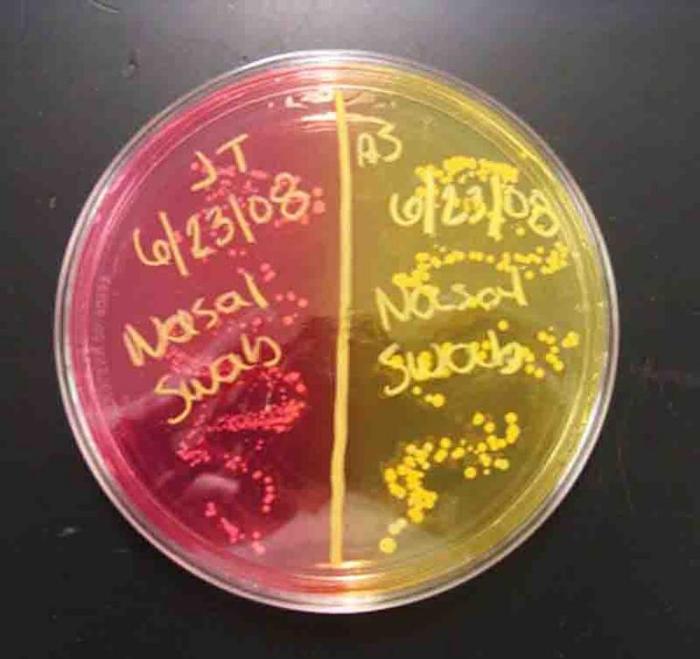Mannitol Salt Agar Bacillus Subtilis is a comprehensive examination of the growth, metabolism, and applications of this significant bacterium. This work offers a deep dive into the characteristics, properties, and uses of Bacillus subtilis, providing valuable insights for researchers, microbiologists, and industry professionals.
The subsequent paragraphs explore the composition and purpose of Mannitol Salt Agar, the growth characteristics of Bacillus subtilis on this medium, and the biochemical properties of this bacterium. The discussion encompasses the industrial applications, food preservation, and agricultural roles of Bacillus subtilis, highlighting its versatility and importance.
Mannitol Salt Agar and Bacillus subtilis
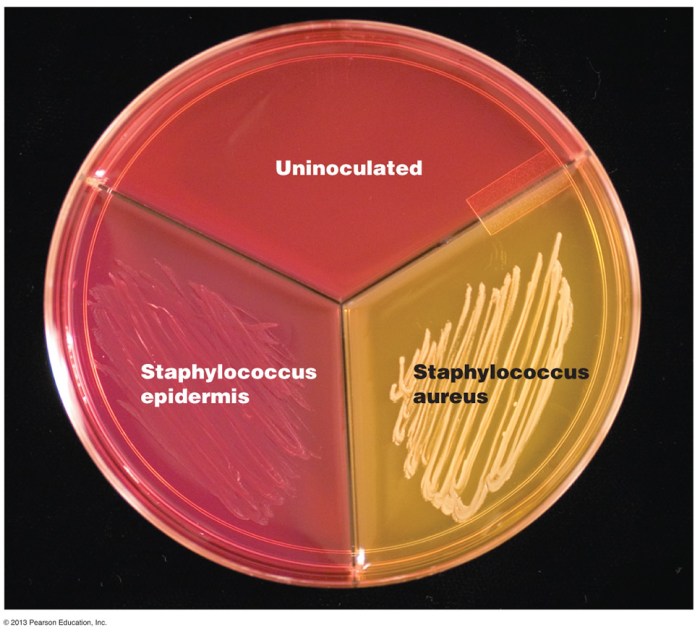
Mannitol Salt Agar (MSA) is a selective and differential culture medium used to isolate and differentiate bacteria, particularly Bacillus subtilis.
MSA contains mannitol, a sugar alcohol, as a fermentable carbohydrate. It also contains sodium chloride (salt) in a high concentration (7.5%), which inhibits the growth of many Gram-negative bacteria.
Growth Characteristics of Bacillus subtilis on MSA
Bacillus subtilisgrows well on MSA, producing yellow colonies due to the fermentation of mannitol. The fermentation of mannitol produces acidic byproducts, which lower the pH of the medium and cause the phenol red indicator in the agar to turn yellow.
Other Microorganisms that Grow on MSA
Other microorganisms that can grow on MSA include:
- Staphylococcus aureus(yellow colonies)
- Micrococcus luteus(yellow colonies)
- Bacillus cereus(yellow colonies)
Biochemical Properties of Bacillus subtilis
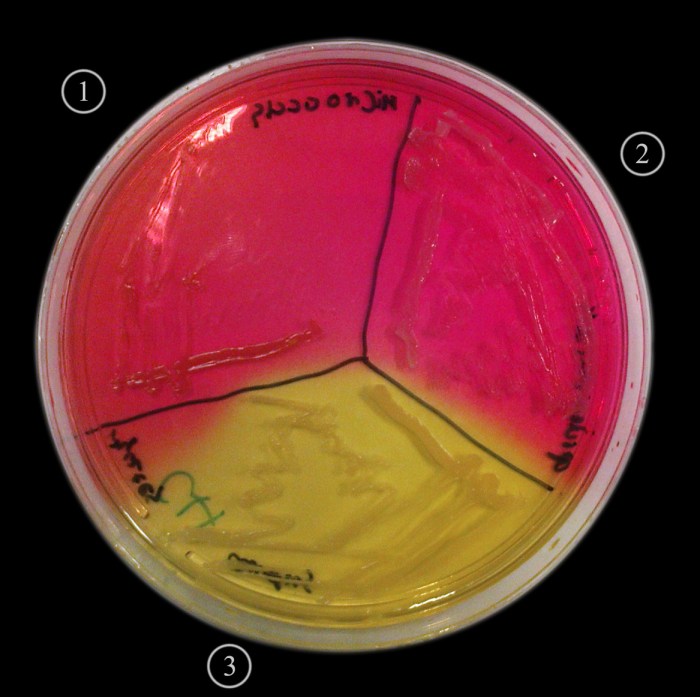
Bacillus subtilisis a Gram-positive, rod-shaped bacterium that is commonly found in soil and water. It is a facultative anaerobe, meaning that it can grow in both the presence and absence of oxygen. B. subtilisis a member of the Bacillusgenus, which includes a number of other important bacteria, such as B. cereusand B. anthracis. B. subtilisis a versatile bacterium that can utilize a wide range of substrates for growth.
It is able to ferment a variety of sugars, including glucose, fructose, and mannitol. The fermentation of mannitol is a particularly important characteristic of B. subtilis, as it is used to differentiate it from other closely related species.
Fermentation of Mannitol by Bacillus subtilis
B. subtilisferments mannitol to produce lactic acid and acetic acid. This fermentation is a two-step process. In the first step, mannitol is converted to mannitol-1-phosphate by the enzyme mannitol-1-phosphate dehydrogenase. In the second step, mannitol-1-phosphate is converted to lactic acid and acetic acid by the enzyme mannitol-1-phosphate phosphoketolase.The
fermentation of mannitol by B. subtilisis a significant characteristic of the bacterium. It is used to differentiate B. subtilisfrom other closely related species, such as B. cereusand B. anthracis. These species do not ferment mannitol.
Significance of Mannitol Fermentation in the Identification of Bacillus subtilis
The fermentation of mannitol is a key characteristic that is used to identify B. subtilis. This characteristic is often used in conjunction with other biochemical tests, such as the catalase test and the Voges-Proskauer test, to confirm the identification of B. subtilis.The
following table summarizes the biochemical properties of Bacillus subtilis😐 Characteristic | Result ||—|—|| Gram stain | Positive || Shape | Rod-shaped || Motility | Motile || Aerobic/anaerobic | Facultative anaerobe || Fermentation of glucose | Positive || Fermentation of fructose | Positive || Fermentation of mannitol | Positive || Catalase test | Positive || Voges-Proskauer test | Negative |
Applications of Bacillus subtilis: Mannitol Salt Agar Bacillus Subtilis
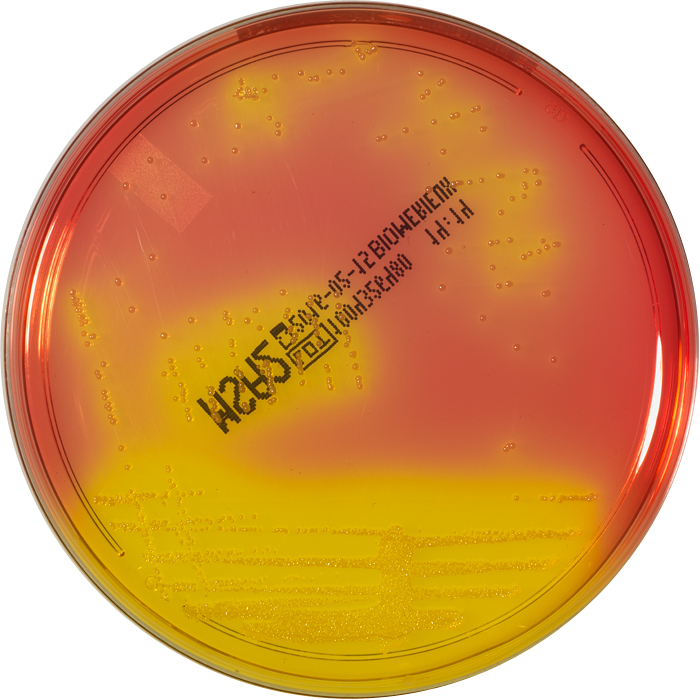
Bacillus subtilis, a Gram-positive, rod-shaped bacterium, has gained significant attention due to its versatile applications in various industries. Its ability to produce enzymes, antimicrobial compounds, and its resistance to harsh conditions make it a valuable microorganism for industrial processes and agricultural practices.
Industrial Applications
In the industrial sector, Bacillus subtilis finds application in the production of enzymes, antibiotics, and other biochemicals. Its proteases, amylases, and lipases are widely used in the food, detergent, and pharmaceutical industries. Additionally, B. subtilis is employed in the production of antibiotics, such as bacitracin and polymyxin, which are used to treat bacterial infections.
Food Preservation
Bacillus subtilis plays a crucial role in the preservation of food. It is used as a starter culture in the production of fermented foods, such as natto, miso, and soy sauce. The fermentation process initiated by B. subtilis enhances the flavor, texture, and nutritional value of these foods while also inhibiting the growth of spoilage-causing microorganisms.
Agriculture
In agriculture, Bacillus subtilis is utilized as a biofertilizer and biocontrol agent. As a biofertilizer, it promotes plant growth by fixing atmospheric nitrogen and producing phytohormones. Moreover, B. subtilis has been found to suppress the growth of plant pathogens, making it a promising alternative to chemical pesticides.
Cultivation and Maintenance of Bacillus subtilis
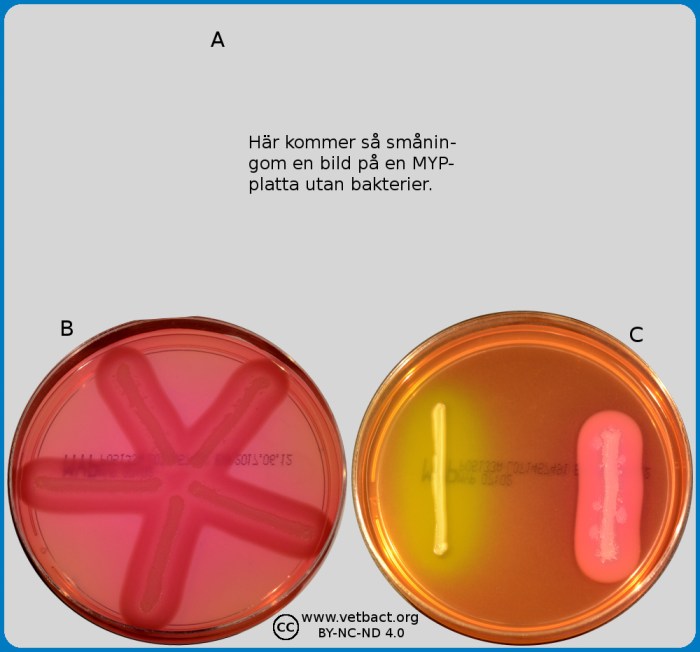
Bacillus subtilisis a Gram-positive, rod-shaped bacterium commonly used in scientific research and industrial applications. It is a model organism for studying bacterial genetics, physiology, and biochemistry. B. subtilisis also used in the production of antibiotics, enzymes, and other industrially important compounds.The cultivation and maintenance of B. subtilisare essential for research and industrial purposes.
This section provides a step-by-step procedure for cultivating B. subtilison Mannitol Salt Agar (MSA), discusses the optimal growth conditions for B. subtilis, and explains the methods for maintaining B. subtiliscultures.
Step-by-Step Procedure for Cultivating Bacillus subtilis on MSA
- Obtain a pure culture of B. subtilisfrom a reliable source.
- Prepare Mannitol Salt Agar (MSA) plates according to the manufacturer’s instructions.
- Using a sterile loop or needle, transfer a small amount of the B. subtilisculture to the center of an MSA plate.
- Incubate the plate at 37°C for 24-48 hours.
- Observe the growth of B. subtiliscolonies on the MSA plate.
Optimal Growth Conditions for Bacillus subtilis
Bacillus subtilisis a mesophile, meaning it grows best at moderate temperatures. The optimal growth temperature for B. subtilisis 37°C. B. subtilisis also an aerobe, meaning it requires oxygen for growth. The optimal pH for growth is between 6.5 and 7.5.
Methods for Maintaining Bacillus subtilis Cultures
Bacillus subtiliscultures can be maintained in a variety of ways. One common method is to store the culture on agar slants. Agar slants are prepared by adding sterile nutrient agar to a sterile test tube and allowing it to solidify at an angle.
The B. subtilisculture is then streaked onto the agar slant and incubated at 37°C for 24-48 hours. The agar slant can then be stored at 4°C for several weeks.Another method for maintaining B. subtiliscultures is to store the culture in a glycerol stock.
Glycerol stocks are prepared by adding sterile glycerol to a suspension of B. subtiliscells. The glycerol stock is then frozen at80°C. Glycerol stocks can be stored for several years.
Bacillus subtilis as a Model Organism
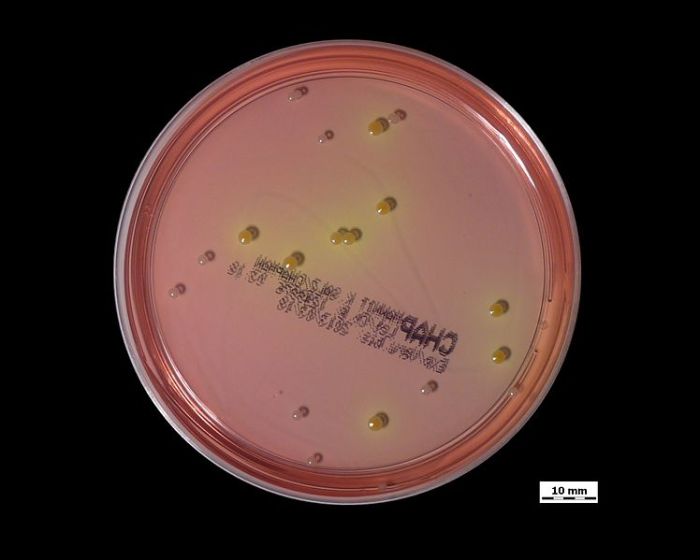
Bacillus subtilisis a Gram-positive, rod-shaped bacterium commonly used as a model organism in scientific research. It is advantageous due to its well-characterized genetics, ease of cultivation, and relevance to human health and biotechnology. B. subtilisis a versatile model organism employed in diverse research areas, including:
Microbial Physiology and Metabolism
- Studying fundamental cellular processes, such as DNA replication, transcription, and translation.
- Investigating the regulation of metabolism, including carbon and nitrogen utilization.
Biotechnology and Industrial Applications, Mannitol salt agar bacillus subtilis
- Developing novel antibiotics and antimicrobial agents.
- Engineering enzymes and proteins for industrial applications, such as biofuels and pharmaceuticals.
Soil Microbiology and Plant-Microbial Interactions
- Exploring the role of B. subtilisin soil ecology and nutrient cycling.
- Investigating plant-microbe interactions, including beneficial and pathogenic relationships.
The significance of B. subtilisin understanding fundamental biological processes lies in its well-conserved cellular machinery, which shares similarities with other bacteria and even eukaryotes. By studying B. subtilis, researchers gain insights into the universal principles governing cell function and behavior.
Clarifying Questions
What is the purpose of Mannitol Salt Agar?
Mannitol Salt Agar is a selective and differential medium used to isolate and differentiate Bacillus subtilis and other mannitol-fermenting bacteria from other microorganisms.
How does Bacillus subtilis grow on Mannitol Salt Agar?
Bacillus subtilis grows on Mannitol Salt Agar as yellow colonies surrounded by a yellow zone due to the fermentation of mannitol.
What are the industrial applications of Bacillus subtilis?
Bacillus subtilis has various industrial applications, including the production of enzymes, antibiotics, and other bioactive compounds.
